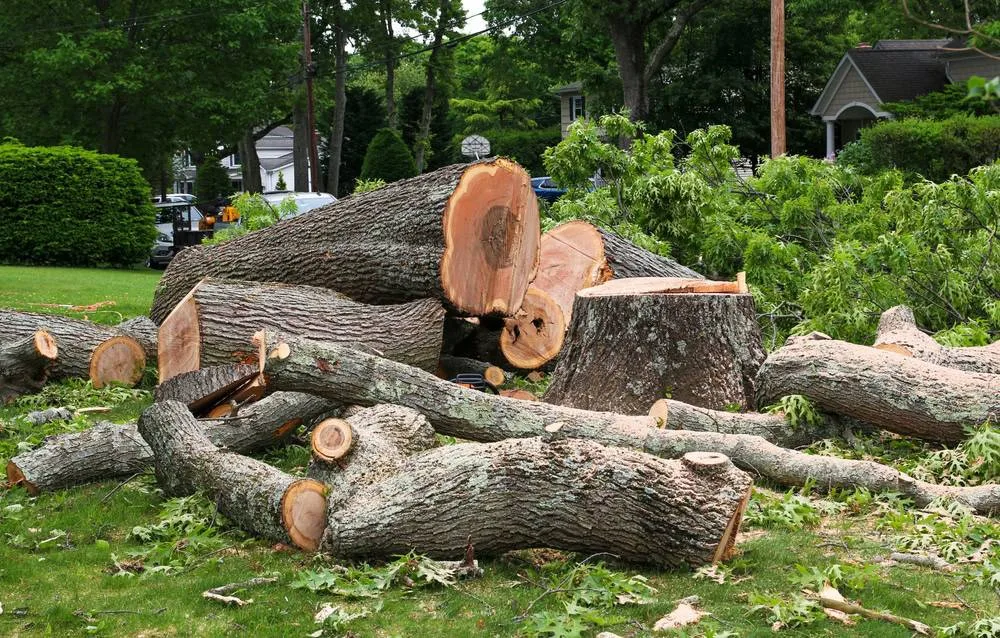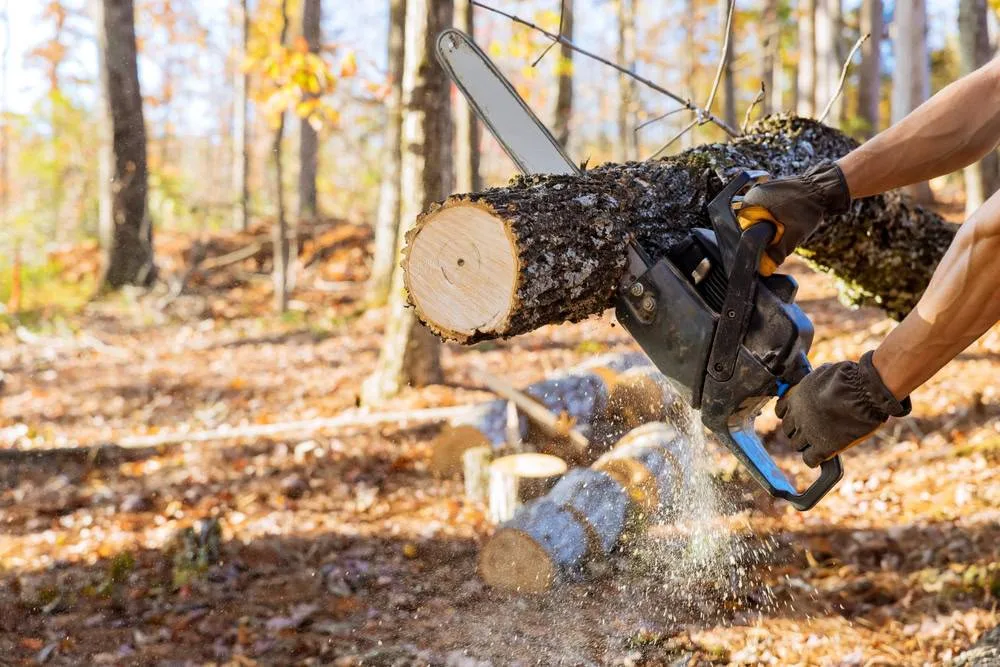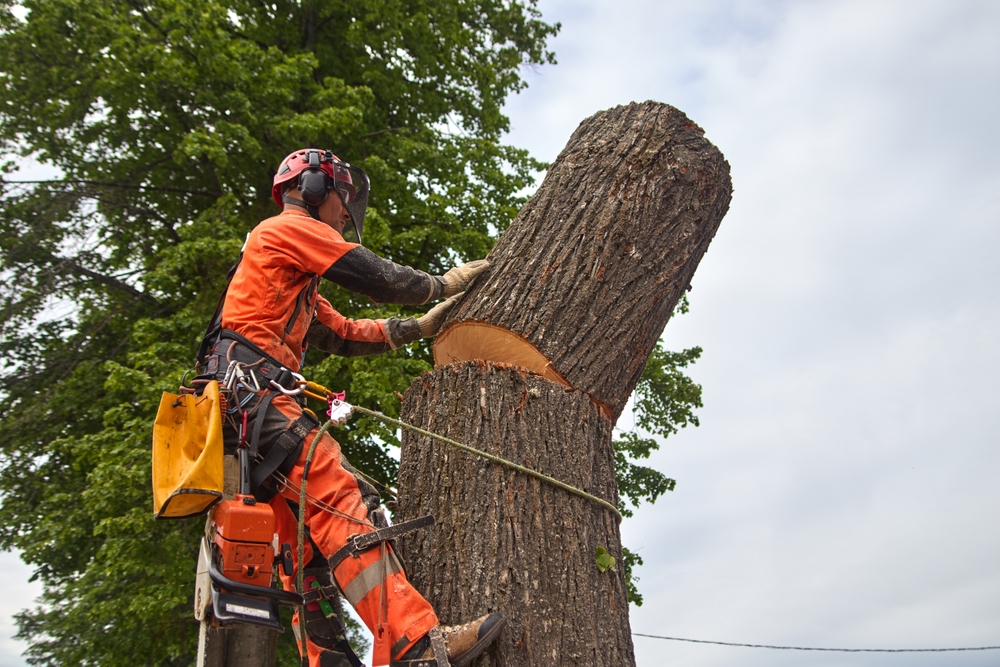Tree Removal in Centereach, NY
Safe Tree Removal Without Property Damage
We’re licensed arborists who remove dangerous trees safely while protecting your home, driveway, and landscaping completely.

Hear from Our Customers

Professional Tree Service Centereach
That dangerous tree hanging over your roof stops being a constant worry. You get your yard back without the stress of wondering when the next storm might bring it down on your house or car.
The removal happens without tearing up your landscaping or damaging your driveway. We handle everything from cutting to cleanup, so you’re not left with a mess of branches and debris scattered across your property.
Your insurance stays protected because we’re fully licensed and insured. If something unexpected happens during the job, you’re covered. No surprise bills or liability issues down the road.
Centereach Tree Company
We’ve been handling tree removal across Centereach and Long Island for years. We understand the local tree species, soil conditions, and how nor’easters affect the trees in your neighborhood.
Our certified arborists assess each situation properly before cutting. We’re not just guys with chainsaws – we’re trained professionals who know how to remove trees safely without destroying your property in the process.
We’re fully licensed and insured because tree removal carries real risks. When you hire us, you’re protected if anything goes wrong, and we handle the job according to local regulations and safety standards.

Tree Removal Process
First, we assess the tree and surrounding area to plan the safest removal approach. We identify potential hazards like power lines, structures, and other trees that could be affected during the process.
Next, we section the tree from top to bottom using proper rigging techniques. This controlled approach prevents large sections from falling freely and damaging your property. Our crew coordinates each cut to direct debris away from buildings and landscaping.
Finally, we grind the stump below ground level and clean up all debris. You’re left with a clean area ready for new landscaping or simply restored to match the rest of your yard. No wood chips, branches, or stump remnants left behind.

Ready to get started?
Emergency Tree Cutting Services
Every tree removal includes sectional cutting, debris removal, and stump grinding. We bring the equipment needed to handle trees of any size without requiring you to clear access roads or move vehicles.
Emergency tree service is available when storms damage trees or create immediate safety hazards. We respond quickly to remove trees from roofs, driveways, or power lines before additional damage occurs.
We understand local conditions like sandy soil and how it affects root systems. We know which trees typically fail during storms and can spot potential problems before they become expensive emergencies.
